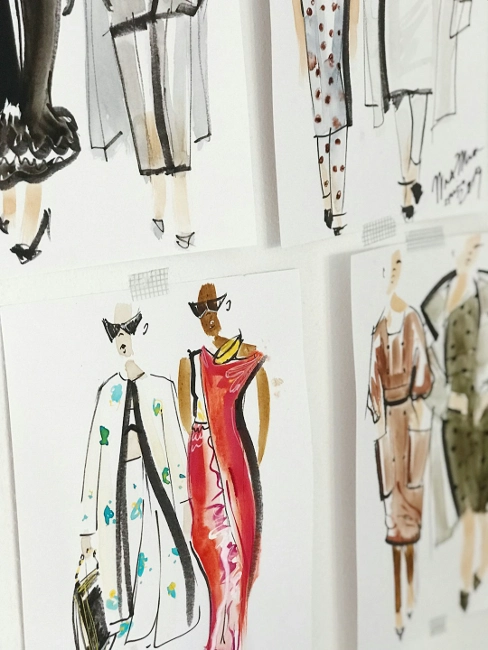"Redefining Style: How Sustainable Fashion is Shaping the Future"

-
Introduction
-
The Rise of Sustainable Fashion
-
Eco-Friendly Materials
-
Reducing Waste
-
Ensuring Fair Labor Practices
-
Conclusion
Redefining Style: How Sustainable Fashion is Shaping the Future
Introduction
In recent years, the fashion industry has faced increasing scrutiny over its environmental impact. From the pollution caused by textile production to the exploitation of garment workers, the traditional fashion industry has a long way to go in terms of sustainability. However, there is a growing movement towards more eco-friendly and socially responsible practices in the fashion world. Sustainable fashion is gaining traction as consumers become more conscious of the impact of their purchasing decisions. In this article, we will explore how sustainable fashion is redefining style and shaping the future of the industry.
The Rise of Sustainable Fashion
Sustainable fashion is a movement that seeks to minimize the environmental and social impact of clothing production and consumption. This includes using eco-friendly materials, reducing waste, and ensuring fair labor practices. The rise of sustainable fashion can be attributed to a growing awareness of the negative effects of the traditional fashion industry on the planet and its people. Consumers are increasingly demanding transparency and accountability from fashion brands, leading to a shift towards more sustainable practices.
Eco-Friendly Materials
One of the key pillars of sustainable fashion is the use of eco-friendly materials. This includes organic cotton, hemp, bamboo, and recycled fabrics. These materials have a lower environmental impact compared to conventional materials like polyester and nylon. By using eco-friendly materials, fashion brands can reduce their carbon footprint and minimize pollution from textile production. Additionally, these materials are often more durable and biodegradable, making them a better choice for the planet in the long run.

Reducing Waste
Another important aspect of sustainable fashion is reducing waste throughout the production process. This includes minimizing fabric waste, using cutting techniques that maximize fabric efficiency, and repurposing or recycling old clothing. By reducing waste, fashion brands can lower their environmental impact and create a more sustainable supply chain. Consumers are also increasingly embracing the concept of "slow fashion," which promotes buying fewer, higher-quality items that last longer and have a lower impact on the planet.
Ensuring Fair Labor Practices
In addition to environmental concerns, sustainable fashion also focuses on ensuring fair labor practices throughout the supply chain. This includes paying garment workers a living wage, providing safe working conditions, and respecting workers' rights. The traditional fashion industry has been plagued by reports of exploitation and abuse in garment factories, leading Ensuring fair labor practices is a crucial aspect of sustainable fashion. In an industry known for its fast-paced production and low-wage labor, it is essential to prioritize the well-being of workers who are often marginalized and exploited. By implementing fair labor practices, such as providing fair wages, safe working conditions, and reasonable working hours, fashion brands can create a more ethical and sustainable supply chain. This not only benefits the workers themselves but also contributes to a more transparent and responsible fashion industry. By redefining style to include ethical considerations, we can shape a future where fashion is not only beautiful but also fair and just for all due to a growing demand for more ethical practices. By prioritizing fair labor practices, fashion brands can create a positive impact on the lives of the people who make their clothes and contribute to a more just and equitable industry.
Conclusion
Sustainable fashion is not just a trend - it is a movement that is reshaping the future of the fashion industry. By prioritizing eco-friendly materials, reducing waste, and ensuring fair labor practices, fashion brands can create a more sustainable and ethical supply chain. Consumers are increasingly demanding transparency and accountability from the brands they support, driving the shift towards more sustainable practices. As the momentum behind sustainable fashion continues to grow, we can expect to see a more environmentally conscious and socially responsible industry emerge. By redefining style with sustainability at its core, fashion has the power to shape a better future for the planet and its people.
-
Introduction
-
The Rise of Sustainable Fashion
-
Eco-Friendly Materials
-
Reducing Waste
-
Ensuring Fair Labor Practices
-
Conclusion



